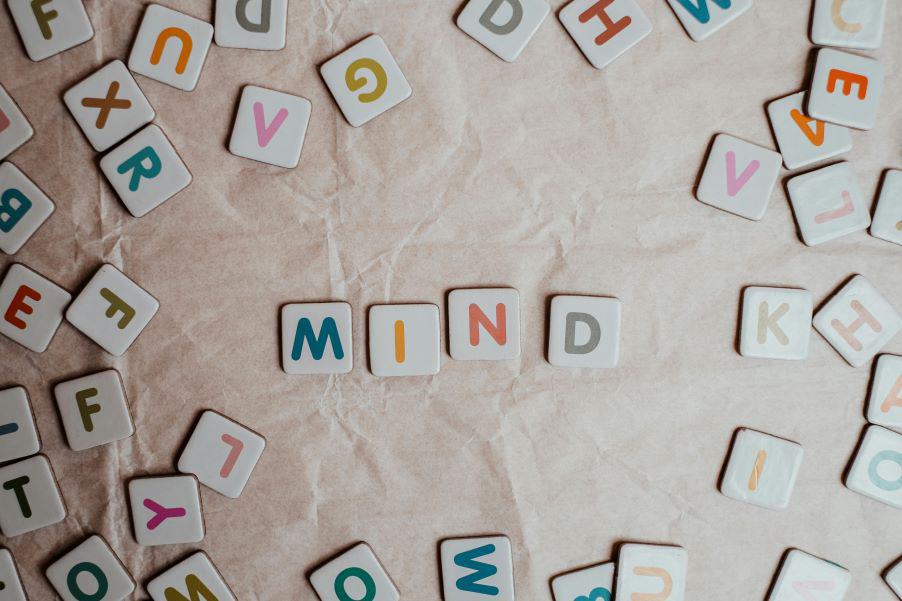Over the years I have been asked many times for tips for using NLP with children and teenagers. Since I have no children myself at present, I never felt comfortable teaching courses specifically for this purpose. At the same time, there are a lot of really useful ideas which can help with regards to working with children and teenagers.
First, you need to determine how exactly you want to help them. By this I mean, it is important to understand what you are trying to achieve with your communication. Do you want them to behave better? Do you want to motivate them? Do you want to change their attitude? Do you want them to talk to you?
Whichever one of these is your goal, the key is to become clear on it and how you will know it is happening. Then it is about figuring out strategies that will help you to do this. The easiest thing to do and the least effective is to simply use your authority as their parent to force them into doing what you want. As they grow up, there are periods through childhood and teen years where they react and rebel against authority. Hence, using authority is not a very good strategy. Indeed, it might get you a result in the short-term but it certainly won’t do you any favours over the long-term.
Instead, the real trick is to understand where they are coming from. What do they value? What are their goals? What is important to them? When you start from their perspective, you put yourself in a much better position. Much of the most successful conversations with a young person comes when you negotiate with them and teach them the skills of bargaining. They are usually extremely adept at influence and persuasion by observing the world around them. By treating them more maturely you can effectively get them to come to the table and have a practical and mutually beneficial conversation.
Something else that can help is the use of role models. Many young people tend to have certain figures that they look up to. It is very useful as a parent to study these role models and, instead of seeing them as bad influences, find the things that they do that can be used as motivation or inspiration for your child. The values that the role model has may crossover with your own values and so, by pointing this out, you can effectively influence your child in a way that works.
Another key strategy when working with young people is to be careful of your language. Get into the habit of giving them positive and specific suggestions about exactly what you want them to do as opposed to vague, negative suggestions about what you don’t want them to do. Children are more likely to think literally than adults so clear, positive suggestions are the best course of action.
Preparing for the objections that your child may have to your request is another thing to be aware of. By planning and preparing for such objections, you can bring them up before they do and overcome them before they get a chance to take root. Again, by putting yourself in the child’s shoes you will be much more likely to know where they are coming from.
With children, especially younger children, the use of anchors can be very helpful. Children under ten especially tend to be association making machines. You can use this to your benefit by associating the kind of behaviours you want with positive feelings. This includes compliments, smiles and full, complete attention.
It is also important at any age to demonstrate that you believe in your child and what they can do. While doing this, two critical elements are necessary. First, you need to ensure that they understand that they CAN achieve whatever they set their mind to IF they do the work. They need to understand that work will let them achieve their goals. Second, you need to ensure that you are communicating positively to yourself in front of them. Children do not always learn from what you tell them. They are far more likely to pick up how you treat yourself in front of them.
Hope you find these strategies useful in working with your children and teenagers!





